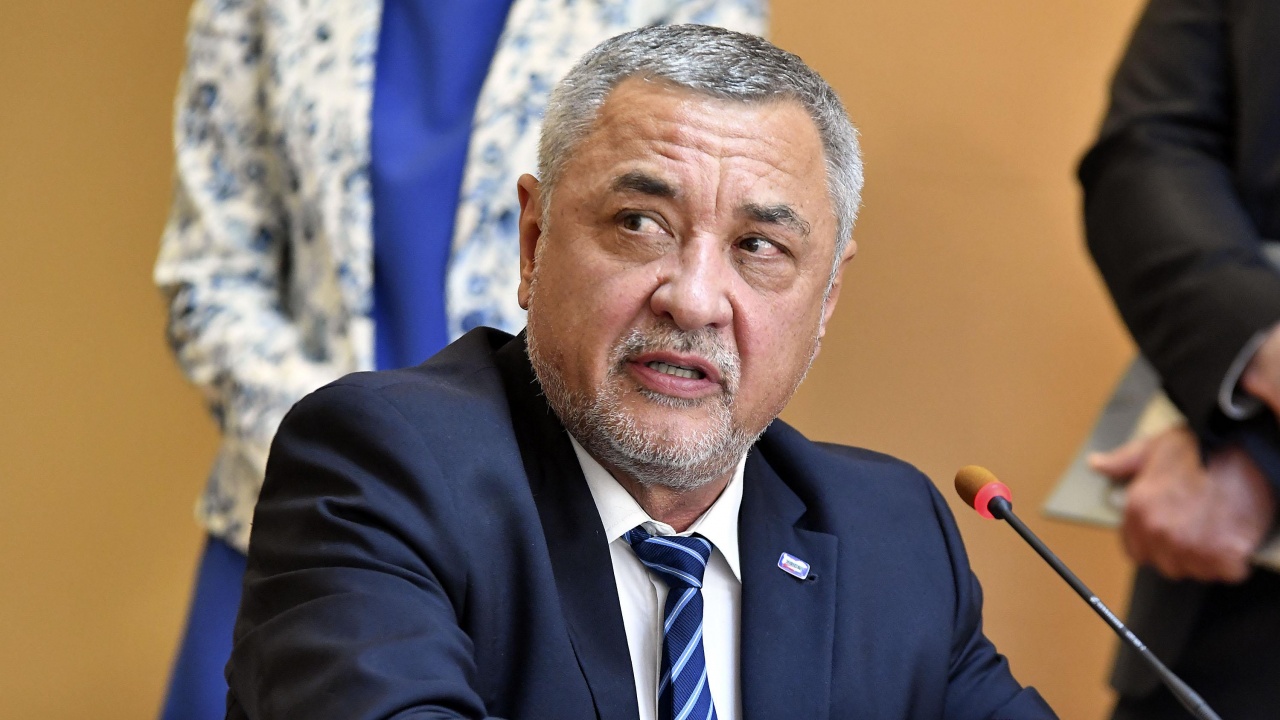The national hero of Uzbekistan, Emir Timur Lang, was born in 1336 in the village of Khoja Ilgar near the city of Shahrisabz. In the distant past it was called straw or quiche (no relation to cash or our Minister of Education). Timur is considered the founder of the Uzbek Empire following a world conquest campaign during which he was able to conquer many countries from India to the Middle East. To this day, Uzbekistan has a cult of personality around him, and part of it in his hometown as well.
Emir Timur built a mausoleum for himself in his lifetime in Shahrisabz where he wanted to be buried, but in the end he was buried in Samarkand because his body could not be transported on roads covered with thick snow.
He also built himself a summer palace called Ek Sarai (“White Palace”). Most of the palace was destroyed over the years, and only two towers that were part of the gate to the palace survived. The towers rise to a height of 40 meters, and parts of the blue, white, and gold mosaic mosaic coating remain. Above the gate you see a title that reads “If you want to test our strength, look at our construction”.
![]()
The length of the magnificent palace was about 250 meters and the width was 122 meters. It’s like an area of 4 contiguous football fields. The height of the gate was 70 meters, which is more than 20 floors. Architects drew an image of how the palace gate above the towers would have looked. very impressive.
![]()
When you pass through the gates, continue along a path about 300 meters long to the main square. There stands a large statue of Emir Timur, right in the center of what used to be the White Palace. This gives us another idea of the huge size of the original palace.
![]()
There are postcards and photographs where you see the statue of Timur between the gates and higher than them, but this is an optical error due to the angle of the photograph.
![]()
Further down the path you see more tourist sites in the city. Kok Gombez (Blue Dome) Mosque founded by Emir Ulog Beg in honor of his father. Adjacent to it is Gombez-y-Seydan, a mausoleum that Ulog Beg built for himself and his family, but was probably never used for burial.
![]()
If you still have free time, go see the Hazrat-i-Imam complex called the “Seat of Power”, where Jahangir, Timur’s youngest son, is buried. Next to it is an opening to a system of tunnels in one of whose halls they planned to bury Emir Timur. The octagonal building with a large dome is the bazaar where you will also find beautiful souvenirs. Next to it is the bathing area.
The Economic Cooperation Organization (ECO) has chosen Shahrisabez as its tourism capital for 2024.
Shahrisabez lies about 80 km south of Samarkand. The road takes between one and two hours, because the intercity road is very bumpy, full of potholes and potholes. There is a dispute among Israeli tour guides as to whether it is worth the effort. I am in favor of visiting Shahrisabez as well. If you are traveling independently, I suggest Leave the rented car in Samarkand, and take a taxi with a driver who knows the road and knows how to go around the potholes and slow down. Or alternatively, take the train, and take a taxi at the station in Shahrisabez.
Judaism
Everywhere in the world we also look for Jewish aspects. There was a sizable Jewish community in Shahrisabez, but today there is not a single medical Jew living there. But there are plenty of dead Jews there. There is a very well-kept Jewish cemetery there, which you must visit.
![]()
In front of the entrance gate is the ancient cemetery complex with an area of about 100 by 500 meters. It was recently re-paved, 1,200 concrete headstones were placed on it, arranged like the Holocaust memorial in Berlin near the Brandenburg Gate. There are no names on the tombstones, except for a few tombstones on which the remains of original tombstones were placed. They are so old that it is difficult to read what was written about them.
![]()
![]()
![]()
At the end closest to the gate, Jews were buried about a thousand years ago. At the far end of the cemetery there are “new” tombstones, on one of which I saw the date of death 1896 (1896).
![]()
To the right of the old area is the new area. It is very well maintained with grassy paths and trees. The gravedigger and keeper of the cemetery is Joly, a non-Jewish Uzbek who inherited the position from his grandfather who started doing it 75 years ago. He is married to Yehudia, and his daughters and grandchildren live today in Israel in the city of Ramla. Joly works all day cleaning the gravestones and paths, and watering the grass and trees.
On the wall to the right of the entrance there are black marble tombstones on which are engraved the names of the presidents of the community from 1917 and of elders from the community, directors of the Jewish schools, and intellectuals.
It is followed by a beautiful building that was once used as the Purgatory. Today it has a synagogue for the families who come to visit the graves of their loved ones, for the purpose of saying Kaddish. A small and beautiful synagogue. Rows of new chairs in front of the Ark of the Covenant with a beautiful veil, but no Torah scroll behind it. There is no help from women there.
![]()
In the other part of the building there is a hall for consecrations. Bukhara Jews usually have mitzvah feasts after funerals and memorials, where they eat fried fish dipped in garlic, coriander and salt water.
Further down the path on the right is a red marble monument brought from India, which commemorates soldiers from the Jewish community in Shahrisabez who fell in both world wars.
![]()
Further down the path, the dead of the community were buried in the last century and today. Even on the morning of the day I visited the cemetery, a funeral was held there for an Israeli woman who immigrated from Shahrisazev, and in her will she ordered to be buried next to her parents. There are about a thousand graves in the new area.
To the left of the path is a tombstone and mass grave of 21 Jews who were murdered in 1919 when they tried to prevent the construction of a road on the cemetery grounds.
![]()
A roof was built over some of the family grave sections to protect them from the sun and snow.
![]()
We wander among the new tombstones, and around us there is a dead silence in the literal sense of the word. Pondering the fate of the wonderful community that existed here, and this is all that remains of it. Today, there is no one to visit their graves, except the dedicated keeper. On my way out, I stopped again at the tombstone in memory of the 21 murdered, and said Kaddish in their memory.
If this is what can be seen in Shahris-Avez, we look forward to seeing what can be seen in Minache-Avez or Meiriv-Avez.
The writer was a guest of the Uzbek Ministry of Tourism and the Qanot Shak airline


